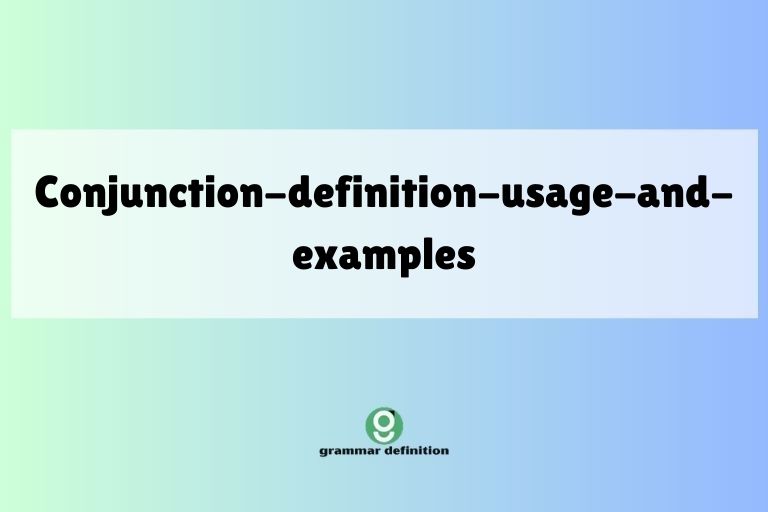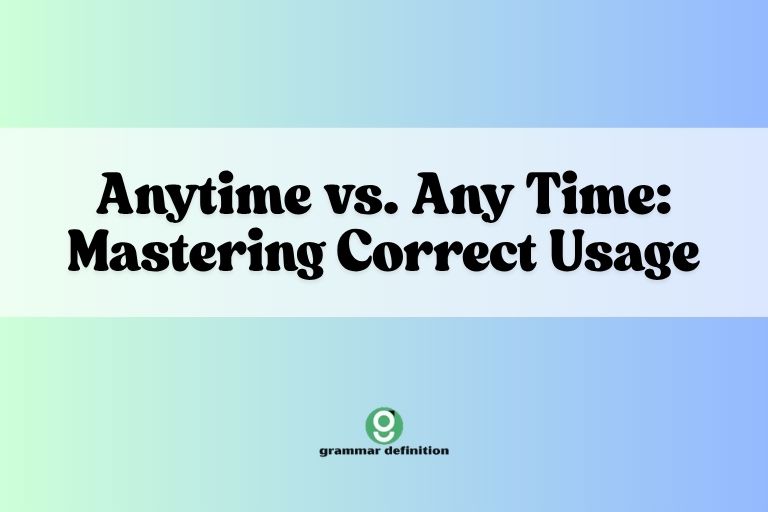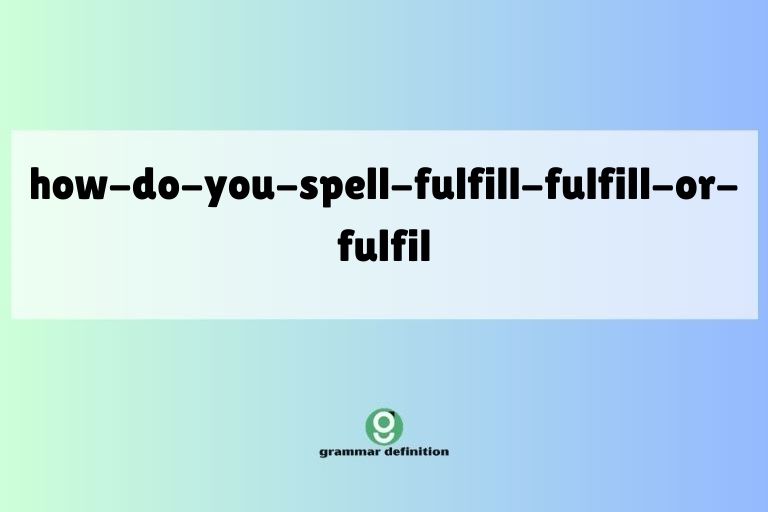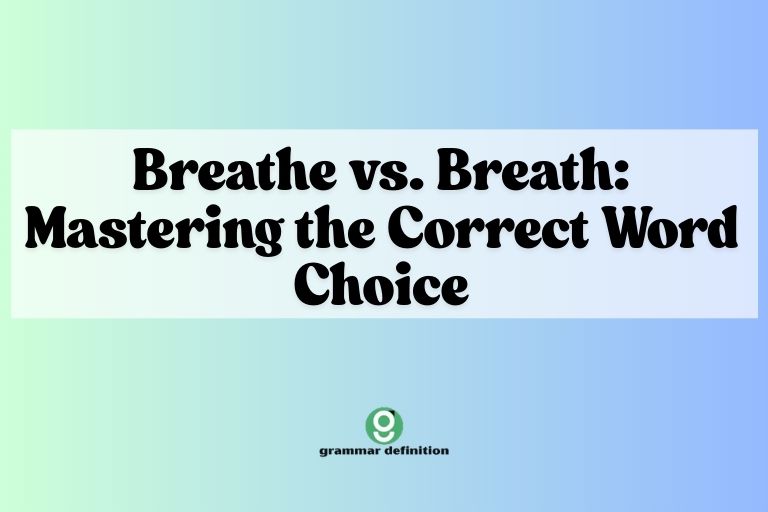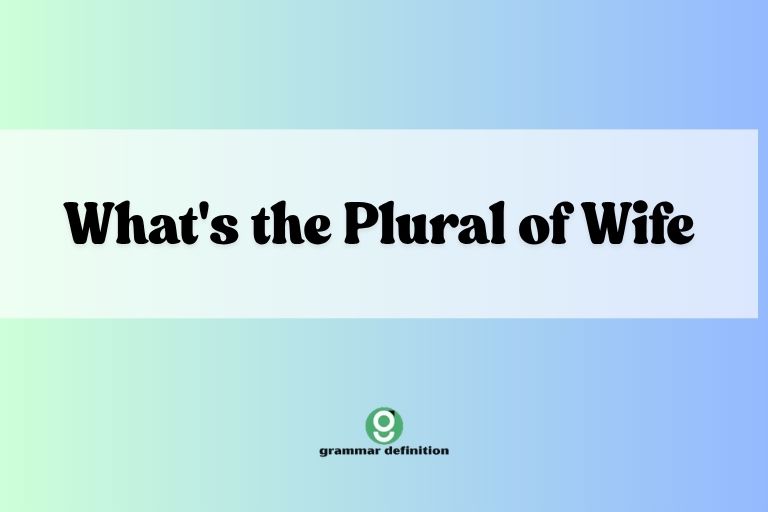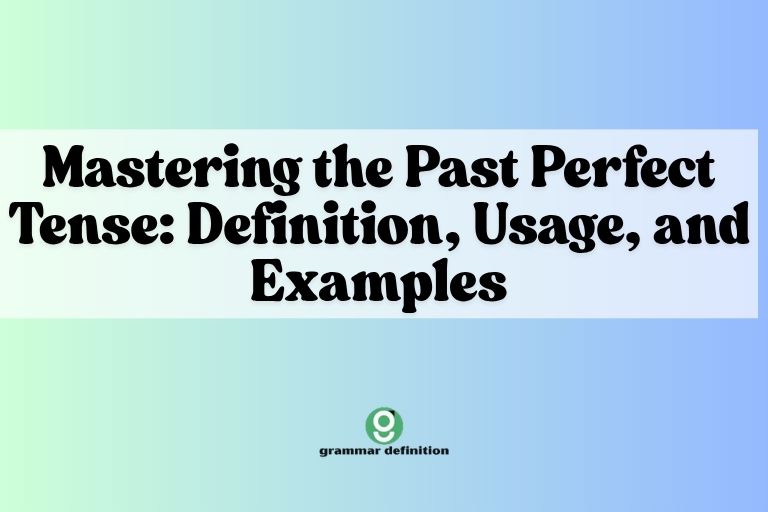Adjective Degrees: Mastering Comparatives and Superlatives

Understanding the degrees of adjectives is fundamental to expressing comparisons and describing the intensity of qualities in English. Comparatives and superlatives allow us to show how things differ and which item stands out the most.
This knowledge is crucial for clear and effective communication, whether you are writing essays, giving presentations, or simply conversing in everyday situations. This article provides a comprehensive guide to mastering comparatives and superlatives, suitable for English language learners of all levels.
This article is designed for anyone who wants to improve their understanding and use of comparative and superlative adjectives. Whether you are a beginner just starting to learn English, an intermediate learner looking to refine your grammar skills, or an advanced speaker aiming for greater precision in your language, this guide will provide you with the knowledge and practice you need.
Table of Contents
- Introduction
- Definition of Degrees of Adjectives
- Structural Breakdown
- Types of Adjectives and Formation
- Examples of Comparatives and Superlatives
- Usage Rules
- Common Mistakes
- Practice Exercises
- Advanced Topics
- FAQ
- Conclusion
Definition of Degrees of Adjectives
Degrees of adjectives refer to the forms that adjectives take to indicate varying levels of intensity or comparison. There are three primary degrees: positive, comparative, and superlative. The positive degree is the base form of the adjective, simply describing a quality. The comparative degree is used to compare two things, indicating which has more or less of a particular quality. The superlative degree is used to compare three or more things, indicating which has the most or least of a particular quality.
For example, consider the adjective “tall.” In the positive degree, we might say “He is tall.” In the comparative degree, we might say “He is taller than his brother.” In the superlative degree, we might say “He is the tallest in the class.” Each form serves a distinct purpose in conveying information about the degree to which the adjective applies.
Understanding these degrees is essential for expressing nuanced comparisons and descriptions. Without them, our ability to convey precise meaning would be significantly limited.
They are a cornerstone of effective communication in English.
Structural Breakdown
The formation of comparative and superlative adjectives depends on the length and structure of the adjective itself. Generally, shorter adjectives (one or two syllables) form the comparative by adding “-er” and the superlative by adding “-est.” Longer adjectives (three or more syllables) typically form the comparative using “more” and the superlative using “most.”
Here’s a breakdown of the common patterns:
- One-syllable adjectives: Add “-er” for the comparative and “-est” for the superlative. Example: fast, faster, fastest.
- Two-syllable adjectives ending in -y: Change the “y” to “i” and add “-er” for the comparative and “-est” for the superlative. Example: happy, happier, happiest.
- Two-syllable adjectives (other endings): Often use “more” and “most,” but some can also take “-er” and “-est.” Example: careful, more careful, most careful; simple, simpler, simplest.
- Three or more syllable adjectives: Use “more” for the comparative and “most” for the superlative. Example: beautiful, more beautiful, most beautiful.
Some adjectives are irregular and do not follow these standard patterns. These will be discussed in a later section.
Correct formation of comparatives and superlatives is crucial for grammatical accuracy.
Types of Adjectives and Formation
Regular Comparatives and Superlatives
Regular comparatives and superlatives follow predictable patterns of formation. As mentioned earlier, the length of the adjective usually determines whether “-er/-est” or “more/most” are used.
For one-syllable adjectives, the rule is straightforward: add “-er” to form the comparative and “-est” to form the superlative. For example, “old” becomes “older” and “oldest.” Some one-syllable adjectives require doubling the final consonant before adding the suffix, especially if the adjective ends in a single vowel followed by a single consonant (e.g., “big” becomes “bigger” and “biggest”).
For many two-syllable adjectives, especially those ending in “-y,” similar rules apply. The “-y” is changed to “-i” before adding “-er” or “-est.” For example, “happy” becomes “happier” and “happiest.” However, many two-syllable adjectives and all adjectives with three or more syllables use “more” and “most.”
Irregular Comparatives and Superlatives
Irregular adjectives do not follow the standard rules for forming comparatives and superlatives. Instead, they have unique forms that must be memorized.
The most common irregular adjectives are “good,” “bad,” and “far.”
Good becomes better in the comparative and best in the superlative. Bad becomes worse in the comparative and worst in the superlative. Far can become farther/further in the comparative and farthest/furthest in the superlative. “Farther” typically refers to physical distance, while “further” refers to metaphorical distance or degree.
Other less common irregular adjectives exist, but these three are the most important to learn. Recognizing and using these irregular forms correctly is essential for accurate and idiomatic English.
Two-Syllable Adjectives
Two-syllable adjectives present a mixed bag when it comes to forming comparatives and superlatives. Some follow the “-er/-est” rule, while others use “more/most.” There is no single, definitive rule to determine which to use, but some guidelines can help.
Two-syllable adjectives ending in “-y,” “-er,” “-ow,” or “-le” typically take “-er” and “-est.” Examples include “happy” (happier, happiest), “clever” (cleverer, cleverest), “narrow” (narrower, narrowest), and “simple” (simpler, simplest).
For other two-syllable adjectives, the “more/most” construction is often preferred, especially if the adjective is derived from a verb or ends in “-ful,” “-less,” or “-ing.” Examples include “careful” (more careful, most careful), “useful” (more useful, most useful), and “boring” (more boring, most boring).
In some cases, both forms are acceptable, although one may be more common or preferred in certain contexts. For example, “quiet” can be “quieter/quietest” or “more quiet/most quiet.” When in doubt, it’s often safer to use “more/most,” as this is almost always grammatically correct.
Examples of Comparatives and Superlatives
To solidify your understanding, let’s look at a variety of examples of comparatives and superlatives, categorized by adjective length and regularity.
One-Syllable Adjective Examples
One-syllable adjectives generally form comparatives with “-er” and superlatives with “-est.” The following table illustrates this pattern with several examples.
| Adjective (Positive) | Comparative | Superlative |
|---|---|---|
| Big | Bigger | Biggest |
| Small | Smaller | Smallest |
| Tall | Taller | Tallest |
| Short | Shorter | Shortest |
| Long | Longer | Longest |
| Fast | Faster | Fastest |
| Slow | Slower | Slowest |
| Old | Older | Oldest |
| Young | Younger | Youngest |
| High | Higher | Highest |
| Low | Lower | Lowest |
| Hard | Harder | Hardest |
| Soft | Softer | Softest |
| Cold | Colder | Coldest |
| Hot | Hotter | Hottest |
| Dark | Darker | Darkest |
| Light | Lighter | Lightest |
| Strong | Stronger | Strongest |
| Weak | Weaker | Weakest |
| Rich | Richer | Richest |
| Poor | Poorer | Poorest |
| Thin | Thinner | Thinnest |
| Thick | Thicker | Thickest |
| Clean | Cleaner | Cleanest |
| Dirty | Dirtier | Dirtiest |
Two-Syllable Adjective Examples Table
Two-syllable adjectives can be more variable. Some take “-er/-est,” while others use “more/most.” The following table provides examples of both types.
| Adjective (Positive) | Comparative | Superlative |
|---|---|---|
| Happy | Happier | Happiest |
| Easy | Easier | Easiest |
| Busy | Busier | Busiest |
| Pretty | Prettier | Prettiest |
| Clever | Cleverer | Cleverest |
| Simple | Simpler | Simplest |
| Narrow | Narrower | Narrowest |
| Quiet | Quieter / More Quiet | Quietest / Most Quiet |
| Careful | More Careful | Most Careful |
| Useful | More Useful | Most Useful |
| Boring | More Boring | Most Boring |
| Tiring | More Tiring | Most Tiring |
| Pleasant | More Pleasant | Most Pleasant |
| Modern | More Modern | Most Modern |
| Anxious | More Anxious | Most Anxious |
| Worried | More Worried | Most Worried |
| Gentle | Gentler | Gentlest |
| Shallow | Shallower | Shallower |
| Handsome | More Handsome | Most Handsome |
| Awful | More Awful | Most Awful |
| Harmful | More Harmful | Most Harmful |
| Painful | More Painful | Most Painful |
| Useless | More Useless | Most Useless |
| Thankful | More Thankful | Most Thankful |
| Fragile | More Fragile | Most Fragile |
| Subtle | More Subtle | Most Subtle |
Long Adjective Examples
Adjectives with three or more syllables almost always form comparatives with “more” and superlatives with “most.” The following table provides several examples.
| Adjective (Positive) | Comparative | Superlative |
|---|---|---|
| Beautiful | More Beautiful | Most Beautiful |
| Intelligent | More Intelligent | Most Intelligent |
| Interesting | More Interesting | Most Interesting |
| Difficult | More Difficult | Most Difficult |
| Expensive | More Expensive | Most Expensive |
| Important | More Important | Most Important |
| Comfortable | More Comfortable | Most Comfortable |
| Dangerous | More Dangerous | Most Dangerous |
| Popular | More Popular | Most Popular |
| Creative | More Creative | Most Creative |
| Successful | More Successful | Most Successful |
| Responsible | More Responsible | Most Responsible |
| Considerate | More Considerate | Most Considerate |
| Optimistic | More Optimistic | Most Optimistic |
| Pessimistic | More Pessimistic | Most Pessimistic |
| Enthusiastic | More Enthusiastic | Most Enthusiastic |
| Professional | More Professional | Most Professional |
| Traditional | More Traditional | Most Traditional |
| Significant | More Significant | Most Significant |
| Complicated | More Complicated | Most Complicated |
| Sophisticated | More Sophisticated | Most Sophisticated |
| Mysterious | More Mysterious | Most Mysterious |
| Courageous | More Courageous | Most Courageous |
| Generous | More Generous | Most Generous |
| Extravagant | More Extravagant | Most Extravagant |
| Incredible | More Incredible | Most Incredible |
Irregular Adjective Examples
Irregular adjectives have unique comparative and superlative forms that do not follow the standard rules. These must be memorized.
The following table provides the most common irregular adjectives.
| Adjective (Positive) | Comparative | Superlative |
|---|---|---|
| Good | Better | Best |
| Bad | Worse | Worst |
| Far | Farther / Further | Farthest / Furthest |
| Little | Less | Least |
| Many/Much | More | Most |
Usage Rules
When to Use Comparatives
Comparatives are used to compare two items or groups. The key is that you are making a direct comparison between two distinct entities.
A comparative adjective highlights the difference in a particular quality between these two.
Examples:
- This book is more interesting than that one.
- My car is faster than yours.
- She is taller than her sister.
Notice that the word “than” is typically used to introduce the second item being compared. This helps to clarify the relationship between the two items.
When to Use Superlatives
Superlatives are used to compare three or more items or groups. They indicate which item possesses the highest or lowest degree of a particular quality within the group being considered.
The superlative identifies the extreme.
Examples:
- This is the most interesting book I have ever read.
- My car is the fastest in the neighborhood.
- She is the tallest girl in the class.
Note that the definite article “the” is typically used before the superlative adjective. This signals that you are referring to a unique item within the group.
Using “Than” with Comparatives
The word “than” is crucial when using comparative adjectives. It explicitly connects the two items being compared and clarifies the basis of the comparison.
Without “than,” the sentence may be grammatically incorrect or unclear.
Correct:
- He is taller than his brother.
- This movie is more exciting than the last one.
Incorrect:
- He is taller his brother.
- This movie is more exciting the last one.
Always ensure that “than” is present when making a comparison using a comparative adjective.
Using “The” with Superlatives
The definite article “the” is generally used before superlative adjectives. This indicates that you are referring to a specific item that is unique in some way within the group being considered.
The absence of “the” can make the sentence sound awkward or grammatically incorrect.
Correct:
- She is the tallest girl in the class.
- This is the most expensive car in the showroom.
Incorrect:
- She is tallest girl in the class.
- This is most expensive car in the showroom.
While there might be rare exceptions in very informal speech, always use “the” before a superlative adjective in standard English.
Double Comparatives
A double comparative occurs when you use both “-er” and “more” to form a comparative adjective, or both “-est” and “most” to form a superlative. This is generally considered incorrect in standard English.
Incorrect:
- He is more taller than his brother.
- This is the most best movie I have ever seen.
Correct:
- He is taller than his brother.
- This is the best movie I have ever seen.
Avoid using double comparatives and superlatives. Choose the correct form based on the rules outlined earlier.
Absolute Superlatives
An absolute superlative expresses the highest degree of a quality without necessarily implying a comparison to a specific group. It suggests that something possesses a quality to an exceptional or ultimate degree.
Examples:
- This is the best coffee! (Implies it’s the best coffee one could possibly have.)
- She is the kindest person I know. (Implies she is exceptionally kind.)
In these cases, the superlative is not necessarily comparing the item to a defined group, but rather expressing a very high level of the quality.
Common Mistakes
Several common mistakes can occur when using comparative and superlative adjectives. Being aware of these errors can help you avoid them.
| Mistake | Correct | Explanation |
|---|---|---|
| Using “more” with short adjectives: “more taller” | Taller | Short adjectives typically use “-er” for the comparative. |
| Omitting “than” in comparisons: “He is taller his brother.” | He is taller than his brother. | “Than” is essential for making comparisons. |
| Omitting “the” with superlatives: “She is tallest girl.” | She is the tallest girl. | “The” is generally used before superlatives. |
| Using double comparatives: “more better” | Better | Avoid using both “more” and “-er” together. |
| Using double superlatives: “most best” | Best | Avoid using both “most” and “-est” together. |
| Incorrect irregular forms: “gooder,” “baddest” | Better, Best, Worse, Worst | Memorize the irregular forms. |
| Using superlative when only comparing two items: “He is the tallest of the two brothers.” | He is the taller of the two brothers. | Use comparative when comparing only two items. |
| Misspelling adjectives when adding suffixes: “happyer” instead of “happier” | Happier | Remember to change “y” to “i” before adding “-er” or “-est.” |
| Using the wrong adjective for comparison: “This is more good than that.” | This is better than that. | Use the correct comparative form of the adjective. |
Practice Exercises
Test your understanding with the following practice exercises. Answers are provided at the end of each exercise.
Exercise 1: Fill in the Blanks
Fill in the blanks with the correct comparative or superlative form of the adjective in parentheses.
- This car is ________ (fast) than my old one.
- She is the ________ (tall) girl in her class.
- This book is ________ (interesting) than the one I read last week.
- He is the ________ (good) student in the school.
- My house is ________ (big) than yours.
- This is the ________ (difficult) exam I have ever taken.
- She is ________ (happy) now than she was before.
- This movie is ________ (boring) than I expected.
- He is the ________ (old) person in our family.
- Traveling by plane is ________ (convenient) than traveling by train.
Answers:
- faster
- tallest
- more interesting
- best
- bigger
- most difficult
- happier
- more boring
- oldest
- more convenient
Exercise 2: Sentence Transformation
Rewrite the following sentences using the comparative or superlative form of the adjective in parentheses.
- My car is fast. Your car is faster. (fast)
- This book is interesting. That book is the most interesting. (interesting)
- He is good. She is better. (good)
- My house is big. Their house is the biggest. (big)
- This exam is difficult. That exam is more difficult. (difficult)
- She is happy. He is the happiest. (happy)
- This movie is boring. That movie is more boring. (boring)
- He is old. She is older. (old)
- Traveling by plane is convenient. Traveling by train is less convenient. (convenient)
- New York is crowded. Tokyo is the most crowded. (crowded)
Answers:
- Your car is faster than my car.
- That book is the most interesting book.
- She is better than he is.
- Their house is the biggest house.
- That exam is more difficult than this exam.
- He is the happiest.
- That movie is more boring than this movie.
- She is older than he is.
- Traveling by plane is more convenient than traveling by train.
- Tokyo is the most crowded city.
Exercise 3: Error Correction
Identify and correct the errors in the following sentences.
- This is the most best movie I have ever seen.
- He is more taller than his brother.
- She is tallest girl in the class.
- This car is more fast than that one.
- My house is bigger than your house is more big.
- That was the most difficultest test I have ever taken.
- He is gooder than me at tennis.
- She is more happier now than she was before.
- This book is interesting than that one.
- He is the older of the three boys.
Answers:
- This is the best movie I have ever seen.
- He is taller than his brother.
- She is the tallest girl in the class.
- This car is faster than that one.
- My house is bigger than yours.
- That was the most difficult test I have ever taken.
- He is better than me at tennis.
- She is happier now than she was before.
- This book is more interesting than that one.
- He is the oldest of the three boys.
Advanced Topics
Parallel Increase
Parallel increase describes a situation where two qualities increase or decrease together. This is often expressed using the structure “the + comparative, the + comparative.”
Examples:
- The more you study, the better you will do.
- The faster you drive, the more dangerous it becomes.
- The less you eat, the thinner you become.
This construction highlights the direct relationship between two changing qualities.
“Less” and “Least”
“Less” and “least” are used to indicate a smaller amount or degree of something, the opposite of “more” and “most.” “Less” is the comparative form, and “least” is the superlative form.
Examples:
- He has less money than I do.
- This is the least expensive option.
- She is less interested in sports than her brother.
Note that “less” is typically used with uncountable nouns, while “fewer” is used with countable nouns.
Multiple Modifiers
It is possible to use multiple modifiers with comparative and superlative adjectives to add further detail and nuance to your descriptions. However, care should be taken to avoid excessive complexity.
Examples:
- She is by far the most intelligent student in the class.
- This is a much more interesting book than I expected.
- He is slightly taller than his brother.
Adverbs like “by far,” “much,” “slightly,” and “considerably” can be used to modify the degree of comparison.
FAQ
- What is the difference between a comparative and a superlative adjective?
A comparative adjective compares two things, while a superlative adjective compares three or more things. Comparatives use “-er” or “more,” while superlatives use “-est” or “most.”
- How do I know whether to use “-er/-est” or “more/most”?
Generally, shorter adjectives (one or two syllables) use “-er/-est,” while longer adjectives (three or more syllables) use “more/most.” However, there are exceptions, especially with two-syllable adjectives. When in doubt, “more/most” is often a safe choice.
- What are irregular adjectives, and how do I use them?
Irregular adjectives have unique comparative and superlative forms that do not follow the standard rules. The most common are “good” (better, best), “bad” (worse, worst), and “far” (farther/further, farthest/furthest). You must memorize these forms.
- Do I always need to use “than” with comparative adjectives?
Yes, “than” is essential for explicitly connecting the two items being compared and clarifying the basis of the comparison. Omitting “than” can make the sentence grammatically incorrect or unclear.
- Do I always need to use “the” with superlative adjectives?
Yes, “the” is generally used before superlative adjectives to indicate that you are referring to a specific item that is unique in some way within the group being considered. While there might be rare exceptions in informal speech, always use “the” in standard English.
- What is a double comparative or superlative, and why is it incorrect?
A double comparative occurs when you use both “-er” and “more” to form a comparative adjective (e.g., “more taller”), or both “-est” and “most” to form a superlative (e.g., “most best”). This is generally considered incorrect in standard English because it is redundant. Only one marker of comparison is needed.
- Can I use comparative and superlative adjectives with adverbs?
Yes, you can use adverbs to modify the degree of comparison. For example, “She is much taller than her brother,” or “This is by far the most interesting book I’ve ever read.” Common adverbs used in this way include “much,” “slightly,” “considerably,” “by far,” and “easily.”
- What is the difference between
farther and further?
Both “farther” and “further” are comparative forms of “far.” “Farther” generally refers to physical distance (e.g., “He ran farther than I did”). “Further” can refer to metaphorical distance or degree (e.g., “I need further information”). However, in many contexts, “further” can be used interchangeably with “farther,” especially in American English.
- Can I use comparative and superlative adjectives with uncountable nouns?
Yes, you can use “less” and “least” with uncountable nouns to express quantity or degree. For example, “I have less time than you,” or “This requires the least effort.”
- How do I compare two qualities of the same noun?
When comparing two qualities of the same noun, always use “more” rather than “-er.” For instance, instead of saying “He is cleverer than he is kind,” say “He is more clever than he is kind.”
Conclusion
Mastering the degrees of adjectives is essential for expressing comparisons and conveying precise meaning in English. By understanding the rules for forming comparatives and superlatives, recognizing irregular forms, and avoiding common mistakes, you can significantly improve the clarity and effectiveness of your communication.
Practice the exercises provided and continue to pay attention to how adjectives are used in both written and spoken English. With consistent effort, you will become confident in your ability to use comparative and superlative adjectives correctly and naturally.

